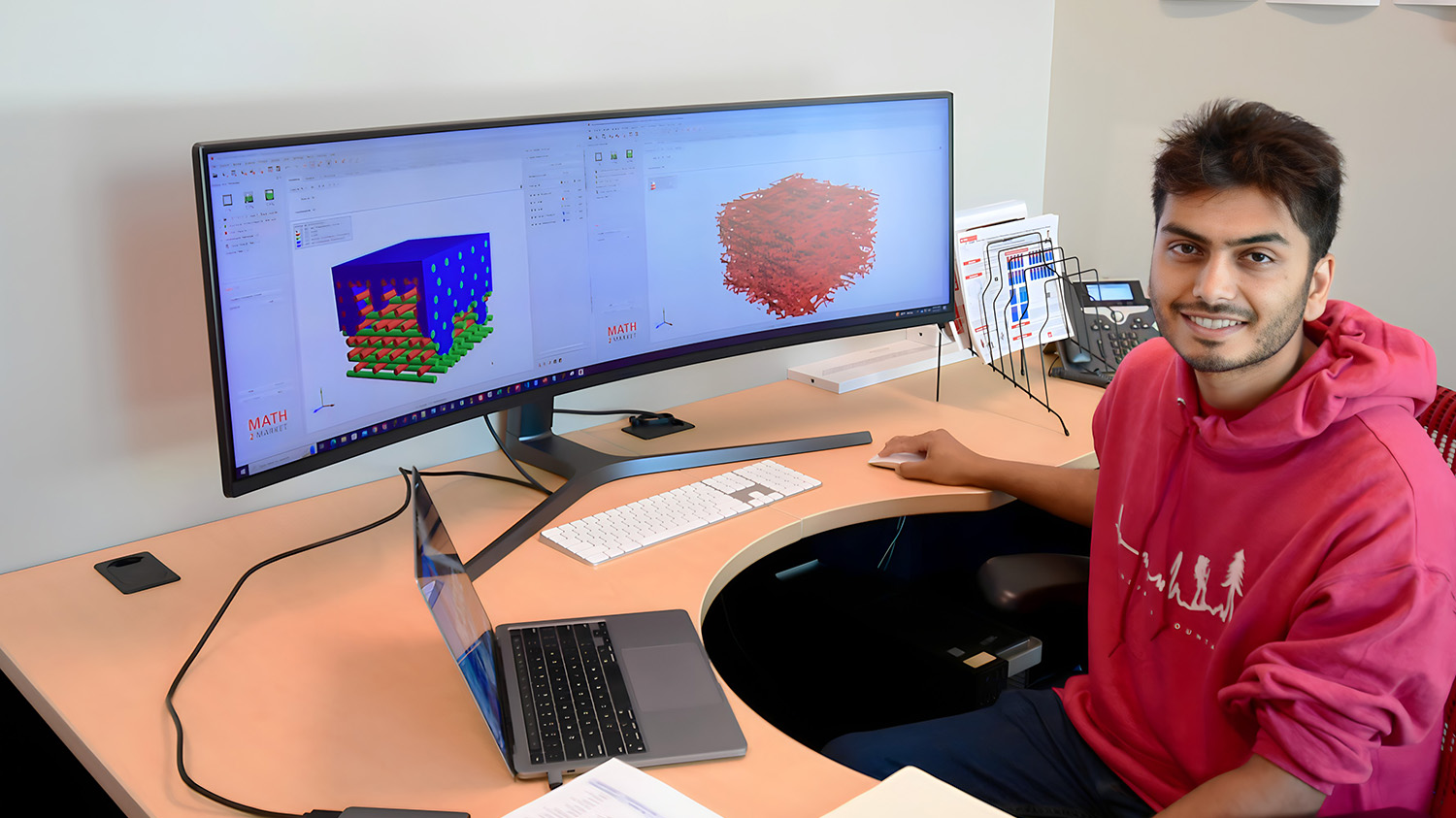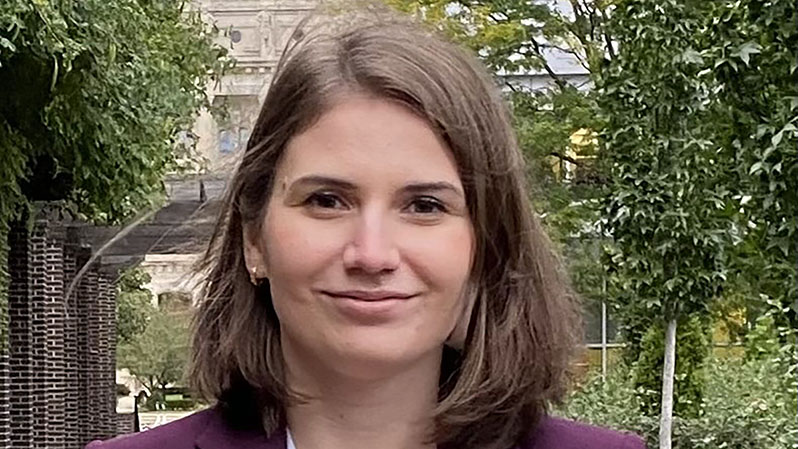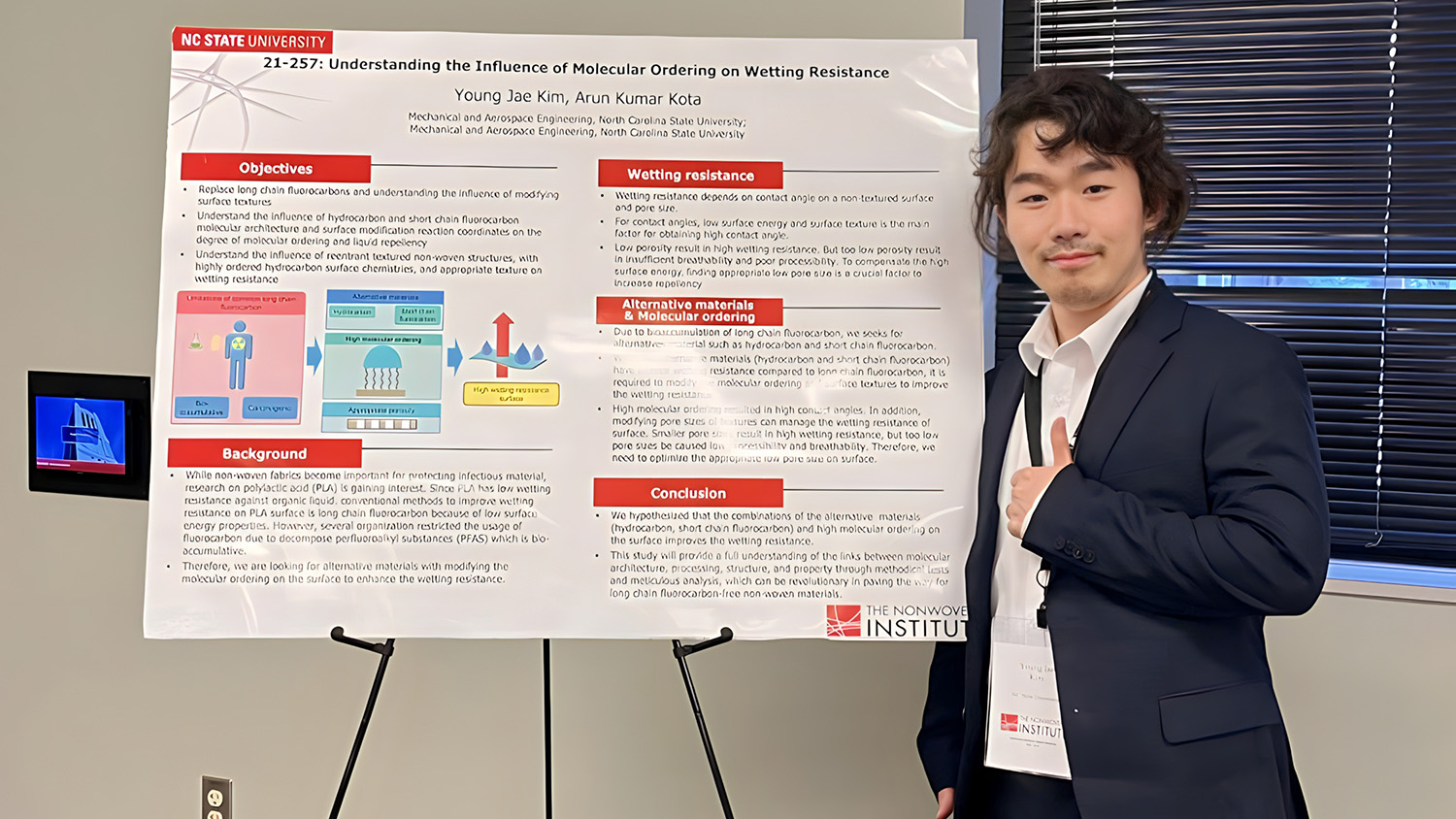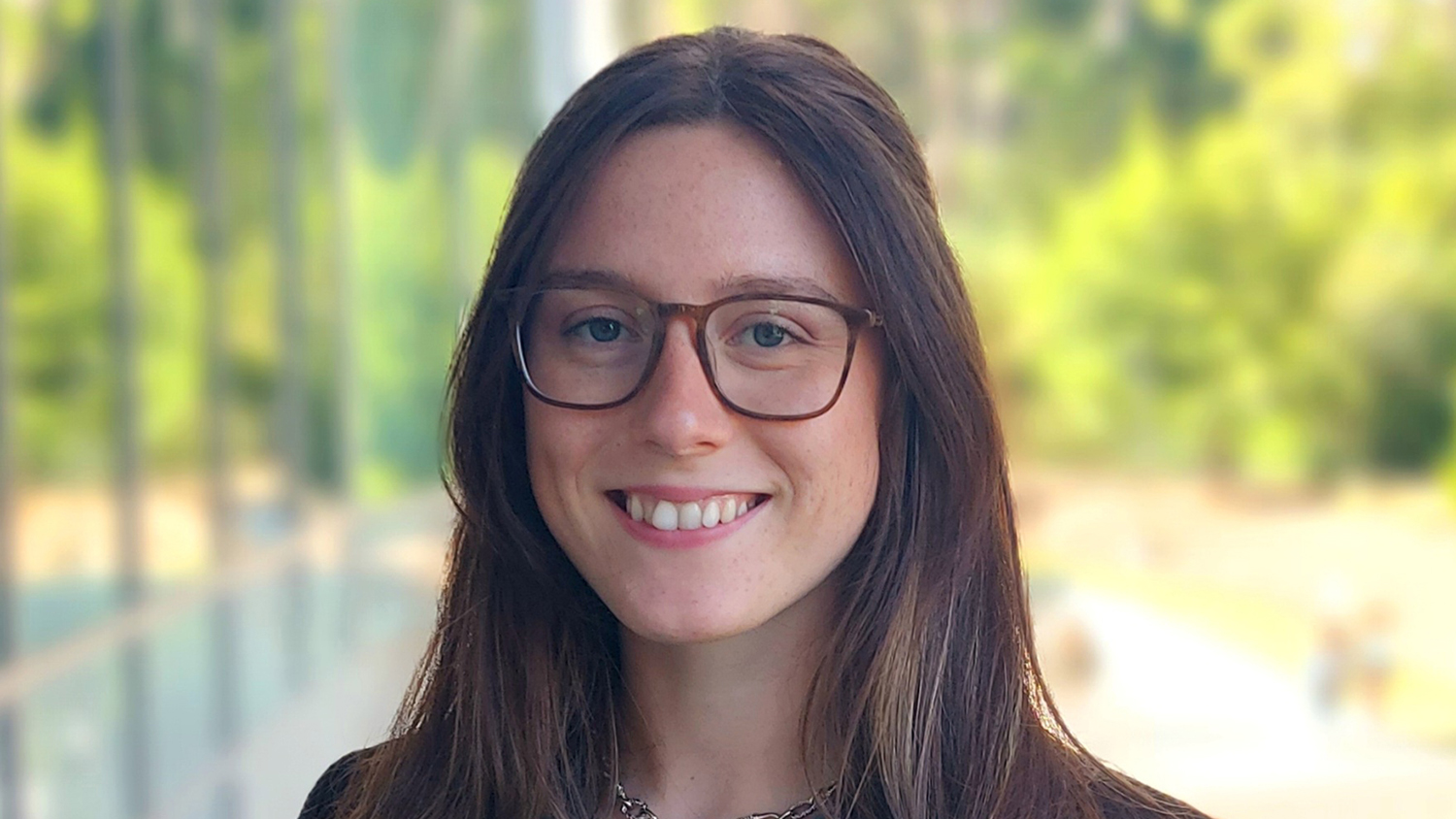Nishant Bhatta
Degree Type: Ph.D.
Expected Graduation Date: 2024
School/Department: College of Engineering, Department of Mechanical and Aerospace Engineering, NC State University
Program/Focus: Mechanical Engineering
Research Project: Flow-less Coalescence Filtration Experiment: A Novel Approach to Study Instantaneous Saturation in Nonwovens
Professor/Faculty Advisor: Hooman Tafreshi, Ph.D., NC State University; Behnam Pourdeyhimi, Ph.D., NWI/NC State University
How did you come to have an interest in nonwovens?
Prior to joining my lab, I possessed minimal knowledge about nonwovens. However, as time progressed, I gradually acquainted myself with the ubiquitous presence of nonwoven applications across various industries including automotive, filtration, medical and healthcare, agricultural and more. My particular fascination stemmed from the interaction between nonwovens and fluids, owing to the distinctive array of properties they exhibit, such as high porosity, high capillarity, flexibility and mechanical strength. The modeling of coalescing filters (nonwoven filters that capture liquid aerosols) remains an unsolved problem in the filtration industry, and this also inspired me to work on it.
Why are your research findings particularly important/compelling for nonwovens applications?
In contrast to solid-particle filtration, characterizing the performance of coalescing filters in terms of filter properties (e.g., fiber diameter, material contact angle, filter porosity, flow velocity, etc.) remains a formidable challenge despite extensive research efforts spanning several decades. The intricate interplay between local saturation and local airflow in a partially saturated coalescing filter presents significant mathematical complexities in describing the fluid mechanics of such filters.
Nishant’s research project proposes a simplification strategy by replacing the pressure-driven flow field with a centrifugal force field to isolate the role of the fiber’s microstructure in promoting or preventing fluid flow. As part of this project, Nishant implemented the Pore Morphology Method (PMM) algorithm on MATLAB to simulate fluid intrusion on 3-D fibrous media. Nishant also developed a framework for coalescence filtration simulation coupling the Volume-of-Fluid (VOF) method (or the PMM) with the Discrete-Phase-Model (DPM) to study efficiency and pressure drop for a partially saturated virtual nonwoven filter.
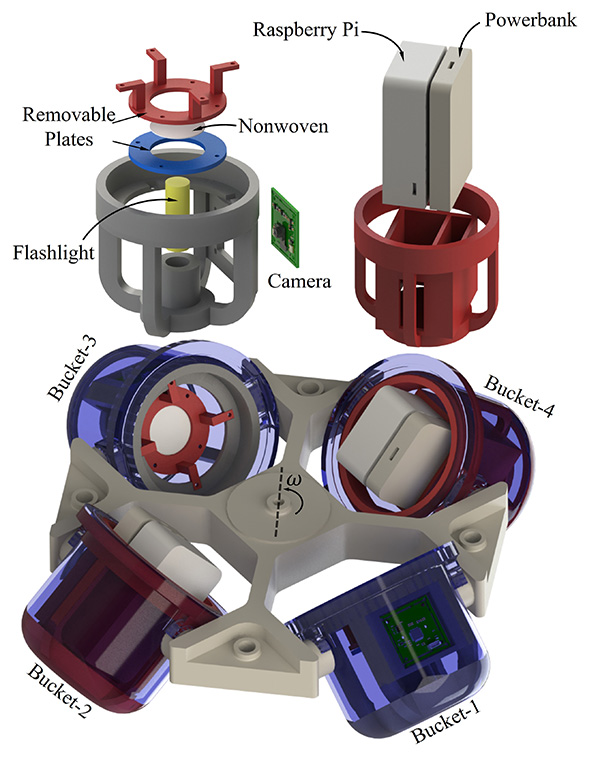
Our simulation results revealed that during pressure-driven desaturation, high-speed air flows out of the media through the random tortuous tunnels after reaching the so-called bubble point pressure (BPP). This phenomenon creates a tightly intertwined relationship between the airflow pattern and fluid saturation in coalescing filters. By employing centrifugal force, the saturation profiles were successfully decoupled from the airflow, isolating the role of the filter’s microstructure in desaturation. Additionally, the high-speed airflow through narrow air tunnels in a partially saturated media can accelerate fluid evaporation, introducing uncertainties in wetting saturation measurements. The proposed centrifugal method effectively eliminates such measurement errors. Moreover, it was observed that the centrifugal approach applies lesser forces and stresses on the fibers, thereby reducing the media’s susceptibility to damage.
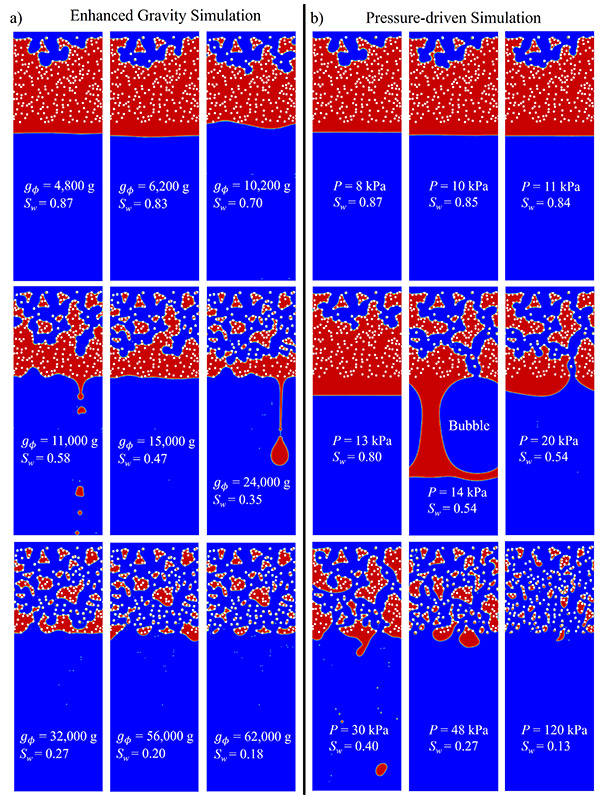
The proposed centrifugal desaturation method not only addresses the challenges posed by pressure-driven desaturation but also paves the way for an improved understanding of coalescence filtration, enabling the development of robust mathematical models and correlations in the near future.
Based on the simplification strategy described here, I recently published a paper in which the centrifugal force field was used to characterize the wetting saturation (both experimentally and numerically) of a nonwoven filter. (For more about this paper, visit https://bit.ly/47lYZYO.)
Learn more about Nishant’s NWI research project in the following video short:
Where do you see yourself upon completion of your studies? Where do you see yourself 5-10 years into the future as you progress in your career?
Upon the culmination of my studies at NC State, my objective is to secure a research and development (R&D) position in the industry, focusing on multiphase applications, with the intent of advancing my skills in numerical modeling and computational simulations. My long-term goal is to establish myself as an industry expert in the domain of multiphase flow. Additionally, I also aspire to contribute as a resource person, aiming to elevate the standards of engineering education in Nepal (my home country), a place where technical resources in engineering are still limited.
When you are not studying and doing your nonwovens research project, what are your personal interests, hobbies … any activities you would like to highlight?
I find immense joy in immersing myself in the melodies of eastern classical music, and I find great pleasure in playing the bamboo flute. I enjoy being in meditation and being in/around nature. I also recently learned to swim. Sometimes, I bike around Raleigh during weekends.
- Categories:
